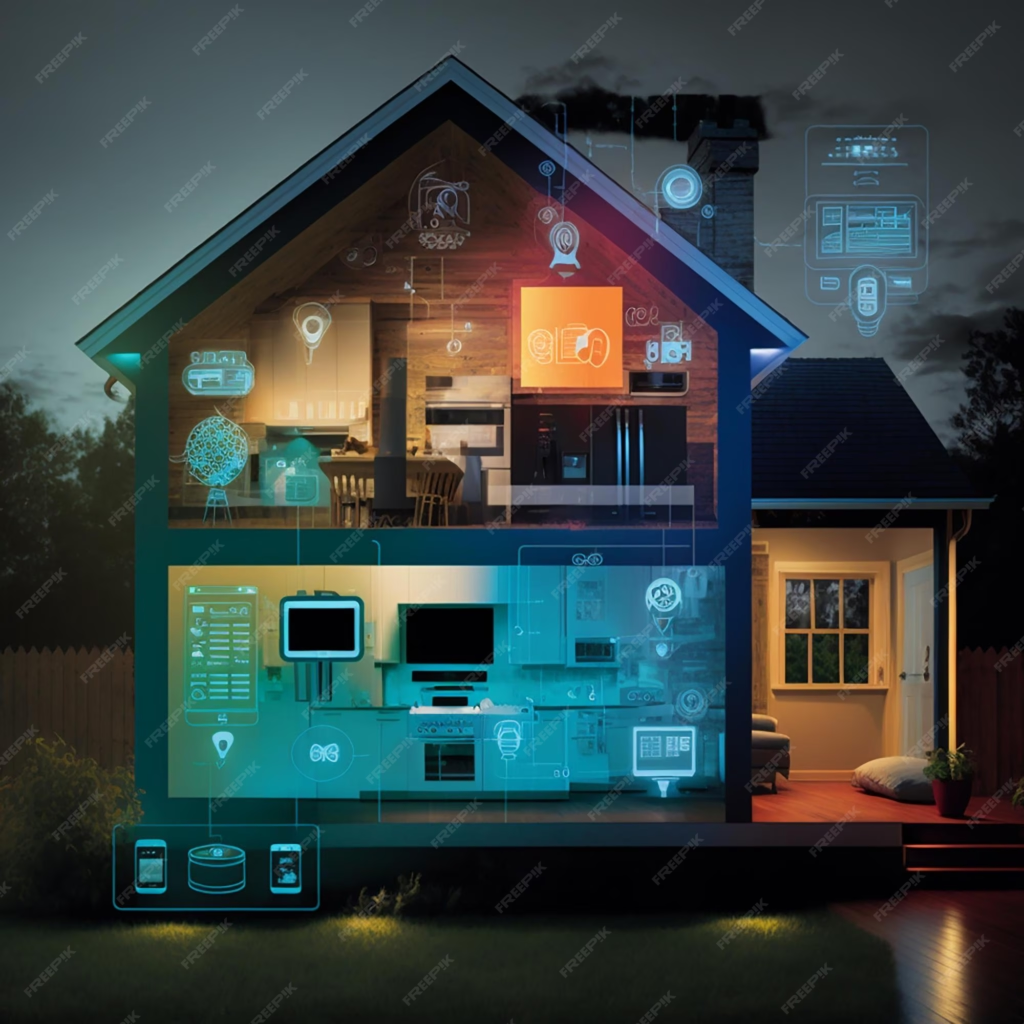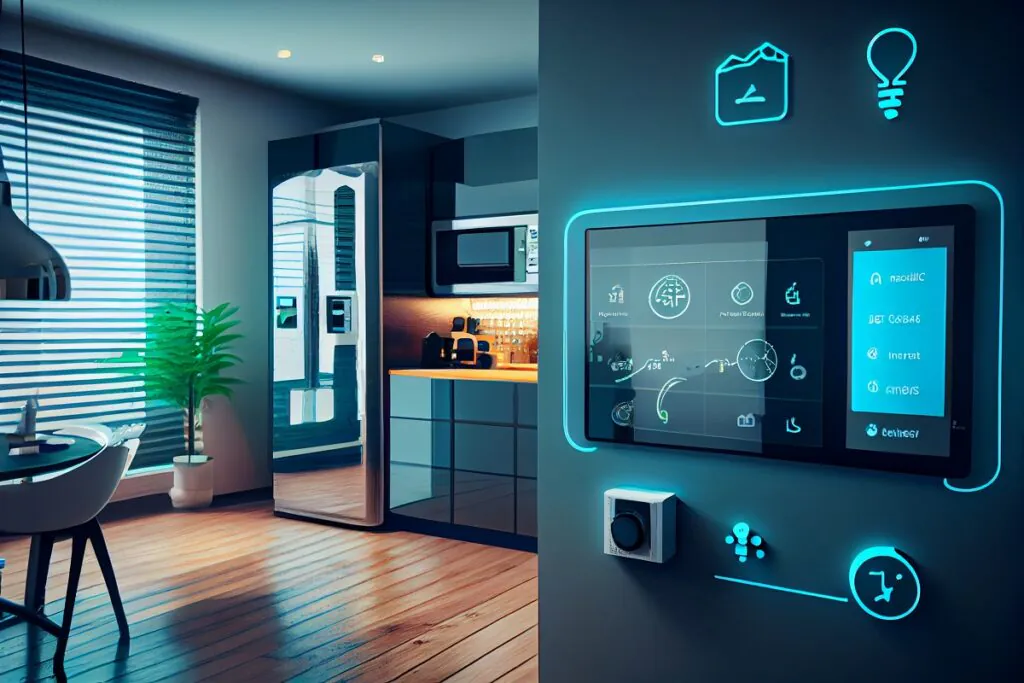Transforming Modern Living Spaces
Smart home technology has fundamentally changed our relationship with our living spaces, offering unprecedented levels of control, convenience, and efficiency. This comprehensive guide explores the latest innovations in home automation and how they’re reshaping domestic life in the digital age.
The Foundation of Smart Home Integration
At its core, smart home technology creates an interconnected ecosystem where devices communicate seamlessly, responding to user preferences and environmental conditions. This integration has become increasingly sophisticated, moving beyond simple automation to truly intelligent home management systems.
Voice Control: The New Command Center
Smart speakers have emerged as the cornerstone of modern home automation. These devices serve as central hubs, processing voice commands and orchestrating the operation of connected devices throughout the home. The market leaders have developed increasingly sophisticated natural language processing capabilities:
- The Amazon Echo (4th Gen) represents a significant evolution in the category, combining Alexa’s advanced AI capabilities with improved acoustics and a built-in Zigbee hub for direct device connections.
- Apple’s HomePod mini brings spatial audio technology and deep integration with the iOS ecosystem, making it particularly valuable for Apple users.
Intelligent Illumination Systems
Smart lighting has transcended basic on/off functionality to become a sophisticated tool for both practical and aesthetic purposes. Modern systems offer:
- Dynamic color adjustment capabilities, with Philips Hue leading the market in color accuracy and range
- Automated scheduling that mimics natural light patterns throughout the day
- Energy optimization through occupancy sensing and daylight harvesting
- Scene creation capabilities for different activities and moods

Climate Control Evolution
Smart thermostats have revolutionized home climate management through advanced features like:
- Learning algorithms that adapt to occupant behaviors and preferences
- Remote temperature management via smartphone apps
- Integration with weather forecasts for proactive temperature adjustments
- Zone-based control for optimal comfort and efficiency
Enhanced Security Solutions
Modern smart home security has evolved into comprehensive protection systems that combine multiple technologies:
Video Surveillance
Advanced cameras like the Arlo Pro 3 and Ring Spotlight Cam offer:
- High-definition video capture with night vision capabilities
- AI-powered person detection
- Real-time motion alerts
- Two-way audio communication
- Cloud storage for event recording
Access Control
Smart locks and doorbells have transformed entry management:
- The August Smart Lock Pro enables keyless entry and remote access management
- Video doorbells provide visual verification of visitors
- Integration with mobile devices for anywhere access
- Activity logging for security monitoring

Energy Management and Efficiency
Smart home technology has become instrumental in reducing energy consumption:
- Smart plugs enable detailed power monitoring and automated scheduling
- Intelligent thermostats optimize HVAC operation based on occupancy
- LED smart bulbs reduce electricity usage while providing better lighting control
- Energy monitoring systems provide real-time consumption data

Integration and Automation
The true power of smart home technology lies in device integration and automation:
Cross-Device Coordination
- Morning routines that gradually increase lighting while adjusting temperature
- Security systems that coordinate cameras, lights, and locks
- Entertainment scenarios that adjust lighting, sound, and temperature simultaneously
Practical Considerations for Implementation
When developing a smart home ecosystem, consider:
- Compatibility between devices and platforms
- Network infrastructure requirements
- Privacy and security implications
- Scalability for future expansion
- User interface preferences and accessibility needs
Future Trends and Developments
The smart home industry continues to evolve with emerging technologies:
- Matter protocol adoption for improved device interoperability
- Enhanced AI capabilities for more intuitive automation
- Increased focus on privacy and security features
- Integration of health monitoring and wellness features
- Expanded use of predictive maintenance capabilities
Conclusion
Smart home technology has moved beyond novelty to become a practical tool for enhancing daily life. As these systems become more sophisticated and interconnected, they offer increasingly valuable benefits in convenience, security, and energy efficiency. The key to successful implementation lies in thoughtful planning and selection of components that align with specific household needs and preferences.
For a visual overview and additional recommendations, you might find the following video helpful:
Internet sources:
https://home.google.com/explore-devices
https://www.techradar.com/news/smart-home-devices
https://www.tomsguide.com/us/best-smart-home-devices%2Creview-2008.html






Join The Discussion